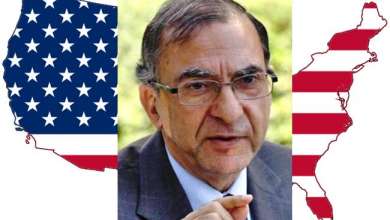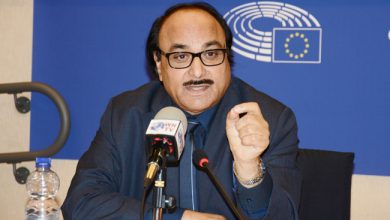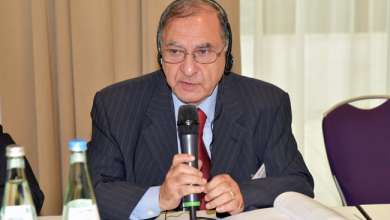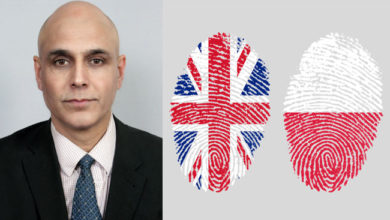January: The month of bloody carnages
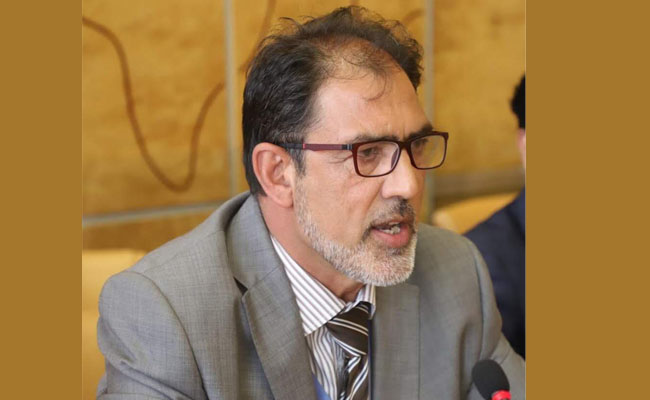
Years-long violence, bloodshed, and mayhem has left Kashmiris completely devastated. The impact of the violence is so deep and widespread that there exists no family in Kashmir today that has not been affected by the silent war imposed on them by the Indian state. The deadly war going on unabated in the region for over the past 31 years has left undeletable imprints on the Kashmiris’ collective memory who have been reeling under the brutal Indian occupation for the past 73-years. Since the onset of the ongoing resistance movement in 1989, a number of incidents of mass-killings have been reported in which hundreds of innocent and unarmed people including men, women, and children fell to the bullets of the Indian military and paramilitary forces. Beyond deaths, these horrendous incidents of violence have resulted in, torture, sexual assault, and the destruction of public property worth millions of dollars.
From 1990-1998 18 major incidents of mass-killings have taken place in the region in which blood of innocent people was spilled over with impunity. Ironically, most of these incidents took place in January that has been listed in Kashmir’s recent history as the month of massacres.
Gawkadal Massacre was the first of its kind that sent shivers down the spine of Kashmiris leaving them completely shell-shocked. The unfortunate incident occurred on January 21, 1990, at least fifty persons were killed on the spot when Indian occupation forces opened indiscriminate fire on a peaceful procession at Basant Bagh, Srinagar. The procession was marching towards Chotta Bazar to express solidarity with the people where the CRPF had molested women a day earlier during a search operation. Around 250 persons sustained injuries.
Four days later on January 25, 1990, 25 persons fell to bullets at Hadwara in north Kashmir while they were marching towards the main town to express their resentment against the then Governor Jag Mohan condemned as an orchestrator of death and violence in the valley.
It was on January 6, 1993 when trigger-happy Indian Border security force (BSF) went berserk and killed 57 people. 250 shops and 50 houses were raised to ashes. Tariq Ahmad Kanjwal, 45, a survivor and eyewitness of the Sopore Massacre, who was just 20 then said, “The image of a person burning in a shop will haunt me always. His head was in flames. I remember a BSF officer telling his colleagues not to shoot him as he will be dead soon”. The owner of Shaheen Studio, a photo shop, and his assistant, were burnt alive in the shop. The charred bodies of the duo were found hugging each other and they were buried in a single grave, hugging.
After seventeen years of the massacre, the BSF troopers during an interview to a Kashmiri journalist confessed that the massacre and arson was carried out on the orders of the BSF commander as a war tactic. “I still remember when I fired indiscriminately on a private bus full of civilians. I don’t know how many got killed. I did not know why I killed the innocents. We later burnt the bus” said one of them.
Another massacre took place in the same month in 1994, in which twenty-seven people were killed and 36 others sustained injuries. An investigation report later confirmed that the troopers of 31 Med Regiment resorted to indiscriminate and unprovoked firing.
“Troops deployed on duty in Kupwara town under the command of Second Lieutenant S Bakshi indiscriminately fired in Bus Stand, Kupwara, without any provocation and justification, with criminal intention,” said the report. Ironically, the case was closed as untraced on April 10, 1997, on the basis of non-cooperation of army authorities. The accused G D Bakshi who has history of hatred towards Kashmir got promotions and rewards for killing innocents and retired as Major General.
On January 25 in 1998 the ghost of terror struck the village of Wandhama leaving 23 members of a minority community (Hindu) dead. The deadly attack carried out in the holy month of Ramzadan was orchestrated by the cunning and crafty Indian intelligence agencies, obviously, to terrorize the Hindu community who stayed back in Kashmir when pundits were driven in droves out of the valley under a deep rooted conspiracy hatched by then governor Jagmohan pundit to give a communal colour to the ongoing freedom struggle.
Years later, the victims of the state-sponsored-terrorism are still wandering from pillar to post in search of justice. Despite the fact that investigation reports submitted to the government have established beyond doubt the Indian army and other security institution’s direct involvement in these incidents of the violence no action whatsoever was taken against the perpetrators. Human rights watchdogs such as Asia Watch, Amnesty International and PHR have time and again raised their concerns over the Indian government’s frivolity and failure to hold to account high-ranking officers of the security forces who have directly ordered or condoned abuses by forces under their command.
Barring a few transfers, no high rank officer or even a soldier of the Indian army was sentenced or held accountable for the crimes they committed against Kashmiris. The successive Indian governments have ridiculously undermined and ignored the NGOs calls for an independent, judicial investigations into incidents of human rights abuses to bring perpetrators to justice. Unfortunately, lack of a credible accountability mechanism in the region has given rise to human rights violations. Above all a regime of black laws such as AFSPA, TADA, PSA, NSA, UAPA enforced by the government of Indian in the region have further worsened the HR situation as these laws have had a terrible impact on people’s rights to life, security, freedom from arbitrary arrest and torture, freedom of speech and expression especially of journalists and human rights activists. These laws have led to severe restrictions and reprisals against human rights defenders who have played an important role in bringing rights violations committed by the Indian troops to international limelight.
Situation in the region is far from normal as Kashmiris are still experiencing unprecedented challenges. The macabre game of killing, maiming, and murdering innocent and unarmed civilians is going on unabated. Bloody carnages, mass murders, and genocidal killings being carried out with impunity by the Indian forces continue to pose a serious threat to indigenous population that feels even more squeezed and strangled after Indian government stripped the region of its special status on August 05, 2019.
It is high time that the international community should take a holistic review of the situation in the region and play it’s much needed role to pull Kashmiris out of despair and despondency. There is also an urgency to hold Indian government accountable of the crimes its forces have committed in the region as world community’s apathy towards Kashmir issue and lack of criticism from influential world capitals has emboldened the government of India to embark on the violent path to crush Kashmiris by the dint of force.
The write Altaf Hussain Wani is Chairman Kashmir Institute of International Relations and Vice Chairman Jammu Kashmir National Front and can be reached chairman@kiir.org.pk and saleemwani@hotmail.com

